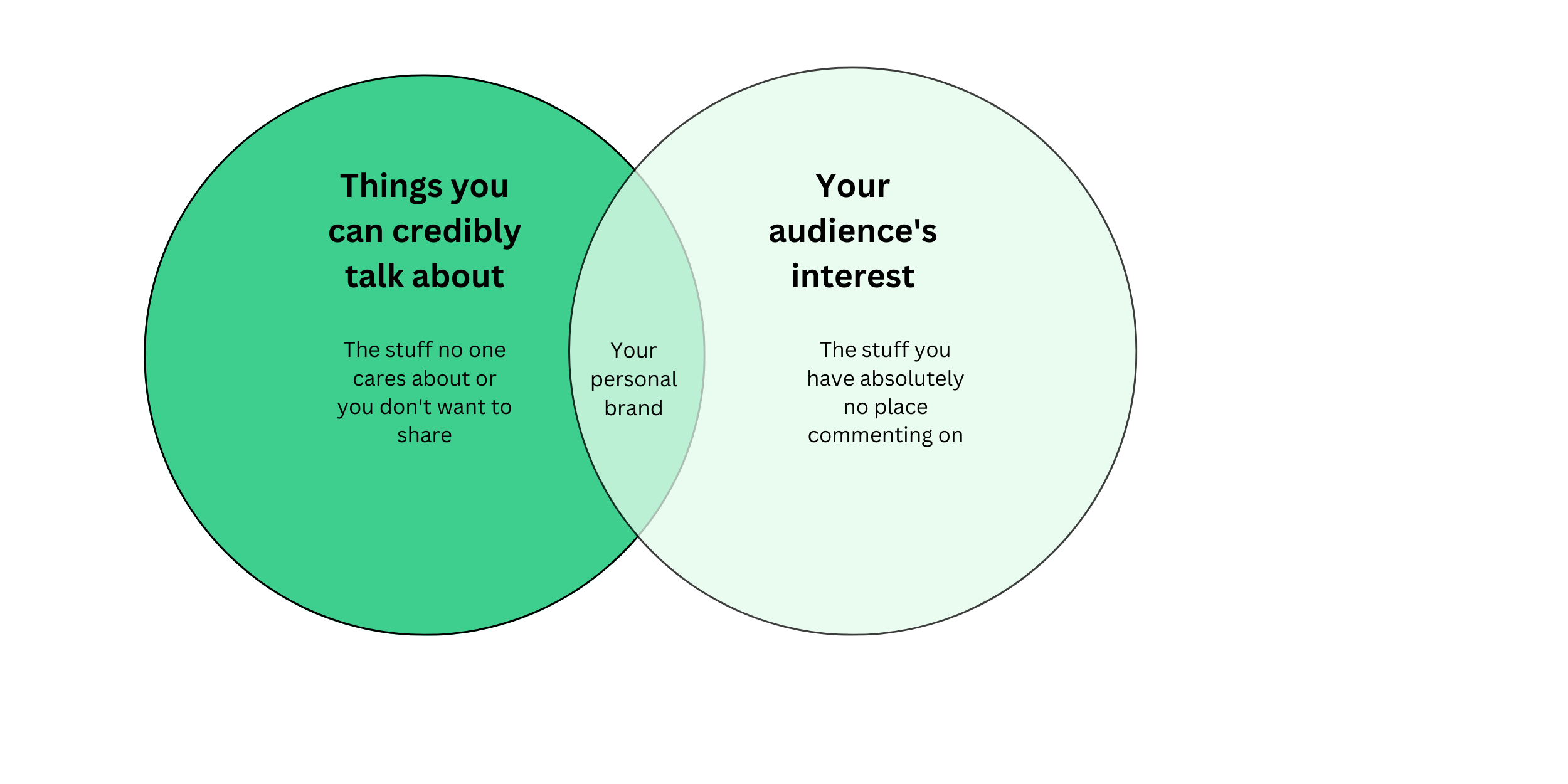In today’s world of widespread access to social media platforms – and seemingly-constant consumption of information on these platforms – building and sharing a “personal brand” has never been easier.
What do we mean by personal brand? At its core, a personal brand is a collection of attributes, interests, values, and skills held by a person – pulled together and promoted. The goal is to become familiar – or even notorious – to your audience. Most hedge funds already rely on a personal brand to build their business, where the pedigree and reputation of the founder or select executives are key marketing assets.
In many cases, the personal brand then feeds into the company or corporate brand – and the image of the founder forms the basis for the image of the fund. There are countless examples of organisations across industries that sit in the shadow of a personal brand – and whose fate is hugely influenced by this personal brand. Hedge funds are no exception. The harmful impact of a negative personal brand is well recognised, but what opportunities await managers who can successfully leverage off the positive personal brand of their founders and senior executives?
How to build a personal brand
In our recent white paper – “The benefits of influencer marketing for hedge funds” – we first consider how to form a personal brand. This is arguably the most important step in the entire project, requiring significant introspection and discipline.
There are two key things to consider:
1. What you have to offer
It is crucial to understand who you are, your strengths, your passions, and what makes you unique. This cannot be based on a false narrative; the world is full of commentators, and you only add value if you are truly yourself.
Of course, we would all love to be able to deliver expert commentary on every market dynamic and economic event, ski, kite surf, and paint, watch exclusively documentaries, be on track for a new marathon PB, work 18 hours a day, and yet somehow also be an exceptionally present and nurturing parent….. But, this is not the time for bullshit.
Now, that is not to say you must only share how you spend 80% of your life creating and managing spreadsheets; it is okay to focus on the more interesting aspects of your life. It is not okay to re-use other people’s content or try to be something you simply are not.
2. What your audience wants to hear
Consider your target audience. Starting with what you have to offer, what might your audience value or admire? It can be tempting to start with what your audience wants to hear, but authenticity is the fundamental building block of the personal brand. You must start with what you have to offer, and whittle it down from there.
This may appear exceptionally basic, but it is where so many people fall down. It is human nature to want to present an amazing version of ourselves to the world, and the trust is therefore an annoying obstacle.
The reality is that people will be able to see through a personal brand which is based on fabrication or – more likely – you will struggle to even get the project over the start line.
Another discussion point in our white paper is the workflow to gather, curate, develop, and share personal brand content and the need for this stream to be frequent and fast-paced. If you are trying to offer commentary that isn’t your own, talk about a hobby you don’t actually do, or depict a life you don’t really lead, content is going to be exceptionally thin on the ground, and/or very slow to produce. The project will likely never get off the ground, or quickly become dormant.

If you want to learn more about how to develop a personal brand, and the associated workflows, roles and responsibilities, download the white paper here.